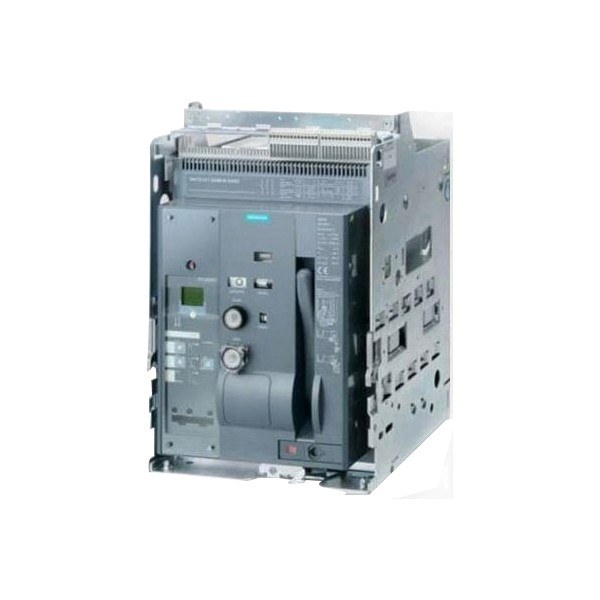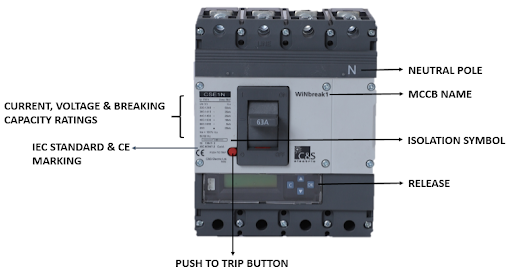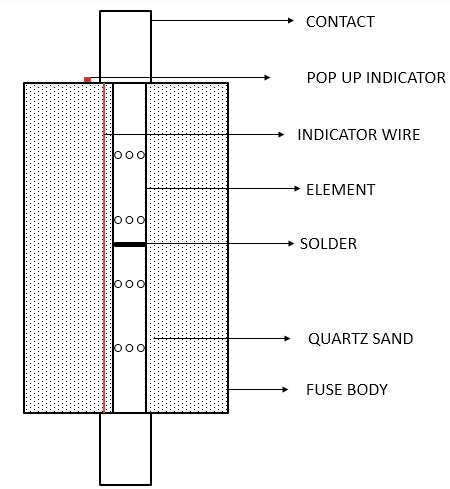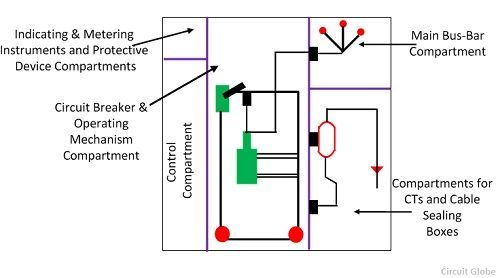During the last century and a half, electricity has evolved from a scientific curiosity, to a luxury for wealthy people and to a daily necessity in the developed and developing world. Just as water is necessary for survival, electricity is indispensable in daily life. Without electricity, our way of life comes to a grinding halt. Modern society requires smart, simple, safe, reliable, and economical electric power infrastructure for social, political, and economic activities. The infrastructure should be efficient, flexible to expand, economical to maintain, and operate.
There are four main components of obtaining professional engineering licensure:
Education
Fundamentals of Engineering
Work Experience
Principles and Practice of Engineering
Electrical engineering has many sub-disciplines, the most popular of which are high Voltage engineering (Power Companies), power engineering (Facilities), and power electronics. Although there are electrical engineers who focus exclusively on one of these sub-disciplines, many deals with a combination of them. Sometimes certain fields, such as electronic engineering and computer engineering, are considered separate disciplines in their own right.
Power engineering deals with the generation, transmission, and distribution of electricity as well as the design of a range of related devices. These include transformers, electric generators, and electric motors. Power engineers may work on the design and maintenance of the power grid as well as the power systems that connect to it. Such systems are called on-grid power systems and may supply the grid with additional power, draw power from the grid, or do both. Power engineers may also work on systems that do not connect to the grid, called off-grid power systems, which in some cases are preferable to on-grid systems. The future includes Satellite controlled power systems, with feedback in real-time to prevent power surges and prevent blackouts.
Electrical Engineering is the branch of engineering that deals with the technology of electricity, especially the specification and design of electrical systems and equipment for power generation and distribution, control, and communications. An electrical engineer who has a certifiable bachelor's degree in electrical engineering from a recognized School or University and satisfies the requirements for Engineer In Training (EIT) and Professional Engineer (PE) examinations and experience can apply for the state PE license. Once state registered, an Engineer by law has a primary duty to protect the public safety, health, and welfare in the facility electrical systems design by following and applying the latest building codes.
The Engineer of Record for the Electrical Systems Design is a state Registered Professional Engineer who develops the electrical system design criteria, performs the analysis and is responsible for the design, specification, preparation, and delivery of the electrical documents for the construction of projects. Projects may include private /public works, institutional, commercial facilities such as banks, office buildings, schools and colleges, hospitals, medical clinics, retail stores, parking ramps, airports, manufacturing facilities, food distribution centers, warehouses, data centers, department stores, jails, libraries, theaters, and courthouses, etc.
An Electrical System is any system and assembly of electrical components, materials, utilities, equipment, work system, machines, products, or devices which require electrical energy in order to perform their intended function.
Electrical Engineering Documents: The electrical drawings, specifications, reports, and other documents setting forth the overall design and requirements for the construction, alteration, modernization, repair, demolition, arrangement, and/or use of the electrical system, or analysis or recommendations, as prepared by the Engineer of Record for the Electrical System.
Electrical Component: An individual electrical device to be part of an electrical system.
Electrical: Any device or mechanism that operates due to the action of electricity.
Electrical Submittals: Submittals, catalog information on standard products, or drawings prepared solely to serve as a guide for fabrication and installation and requiring no engineering input.
Codes and Standards: Those nationally recognized Codes and Standards adopted directly or by reference.
To specify and design facility electrical systems including power systems, lighting, communications, alarm systems, lightning protection, grounding system and controls, an electrical engineer needs to coordinate his effort with the fellow designers: Architect, Civil Engineer, Structural Engineer, HVAC/Plumbing Engineer, Fire Protection Engineer, Voice/Data low voltage technology, Building Security, Vertical Transportation, Electric Utility, Telephone Company, and Internet Access, etc.
Power Systems Design
Power systems distribute electrical energy. Major factors to be included in the design and analysis of these systems are proper voltage levels, balances and quality, system capacity, reliability and redundancy, steady-state and transient loads, short circuit protection (design and analysis), load flow, voltage drop, harmonics, and protective device coordination. The power systems design shall meet the local building codes, the National Electrical Code (NEC), National Electrical Safety Code (NESC), and other applicable codes and standards.
Electrical engineering documents applicable to power systems shall at a minimum indicate the following:
Electrical legend
System one-line diagram or Riser Diagram
Conductor capacities (sizes) and insulation type
Protection devices and interrupting capability
Utility Service
Transformer
Main and distribution panel board locations and sizes
The circuitry of all outlets and devices
Short circuit analysis
Load computations
Grounding and bonding
Low Voltage control diagrams
Schedules and details
Lighting Systems Design
Lighting systems convert electrical energy into light. Items to be included in the lighting design and analysis are average illuminance, equivalent spherical illuminance, uniformity ratios, visual comfort probability, special-purpose lighting, and the requirements of the local, state, and federal and ASHRAE 90.1 Energy Efficiency Standards, and Building Codes.
Electrical engineering documents for lighting systems shall, at a minimum, indicate the following:
Lighting fixture performance specifications and arrangements
Emergency Lighting
Exit Lighting
Lighting Control and circuiting
Communications Systems Design
Communications systems are utilized to convey messages or data. Items to be included in the design or analysis of these systems are Human factors engineering, cabling requirements, installation requirements, performance requirements, backup power requirements, the interrelationship of the various systems, and applicable regulatory requirements.
Electrical engineering documents for communications systems shall, at a minimum, indicate the following:
System riser diagram
Equipment legend
Conductor type and installation requirements
Device type and locations
Backup power sources where applicable
Alarm Systems Design
Alarm systems are used to monitor and alarm fire or other emergency condition. Items to be included in the design or analysis of these systems are structure alarm requirements, location and audibility, types of alarms and initiation devices, notification requirements, installation requirements, and backup power requirements.
Design documents for alarm systems shall, at a minimum, indicate the following:
System riser diagram
Device types and locations
Type of conductors and installation requirements including rating identification and listing requirements
Notification requirements
Backup power requirements
Lightning Protection Systems Design
Lightning Protection Systems are passive systems used to protect buildings and structures from damage caused by lightning and static discharges. Items to be considered in the design or analysis of this system include the requirements of NFPA 780.
Electrical engineering documents for lightning protection systems shall indicate:
Air terminals height and spacing
Arrangement of Main and Down conductors
Grounding points and spacing
Legend
Testing requirements of grounds
Grounding Systems Design
Grounding Systems are passive systems used to establish an electrical potential reference point in an electrical system for the proper dissipation of energy in case of abnormal or transient conditions.
Design documents for grounding systems shall indicate at a minimum the following:
type and location of grounding electrodes
bonding requirements
testing requirements
conductor material type, size, and protection requirements
separate grounding systems, properly bonded, per code and use requirements
Instrumentation And Control Systems Design
Instrumentation and control systems are used to automate processes. Items to be included in the design and analysis of these systems are reliability of control of critical processes, the safety of personnel, and suitability of instruments and control devices in the environment in which they are installed.
Electrical engineering documents for instrumentation and control systems shall indicate, at a minimum, the following:
A description of the control system functions, or a functional diagram
Specifications of control instruments and their location
Type of conductors and cables, and requirements for their installation
EMERGING ISSUES
Quality Assurance and Control of Construction Documents
Standardization, integration, and promulgation of smart grid technology, smart power distribution system, smart metering, smart peak load demand controls, smart building management systems, etc.
Building commissioning or Integrated systems testing for building electrical, HVAC, all motor equipment, and control systems.
Energy Conservation
Renewable Energy
Energy Efficiency
Emerging 3-D modeling platforms
Coordination of design documents with: Architects, Interior Designer, Lighting Design, Structural Engineering, Civil Engineering, Mechanical Engineering, Low Voltage Technology










